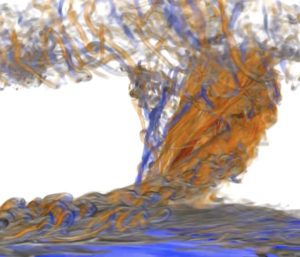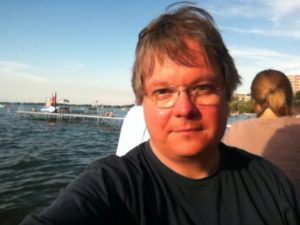 In this video from the HPC User Forum in Milwaukee, Leigh Orf from the University of Wisconsin at Madison presents: HPC Challenges in Simulating the World’s Most Powerful Tornados.
In this video from the HPC User Forum in Milwaukee, Leigh Orf from the University of Wisconsin at Madison presents: HPC Challenges in Simulating the World’s Most Powerful Tornados.
“The goal of this research is to understand the internal workings of supercell thunderstorms well enough to significantly improve our forecasting of their behavior. What makes this work significant is the use of supercomputing resources to produce simulations of supercells where data is saved with extremely high spatial and temporal resolution, and the use of visualization techniques (such as volume rendering and trajectory clouds) to produce video that exposes the highly variable flow features that occur throughout the life of the simulated storms. Some of these simulations contain long lived tornadoes producing near-surface winds exceeding 300 mph.”
Leigh Orf received his Ph.D. in Atmospheric Science from the University of Wisconsin – Madison in 1997. In August 2015, he returned to the UW as an Associate Scientist working for the Cooperative Institute for Meteorological Satellite Systems (CIMSS), part of the Space Science and Engineering Center (SSEC). From 2003 – 2015, he was a Professor of Atmospheric Sciences in, and recently Chair of, the Department of Earth and Atmospheric Sciences at Central Michigan University.
His research focuses on severe weather, including supercell thunderstorms, tornadoes, and downbursts. I am especially interested in obtaining new insight into the atmosphere by efficiently utilizing HPC resources, such as the Blue Waters supercomputer.





